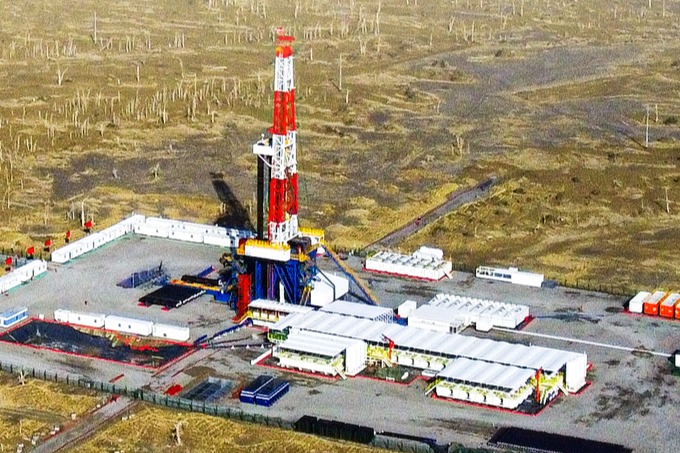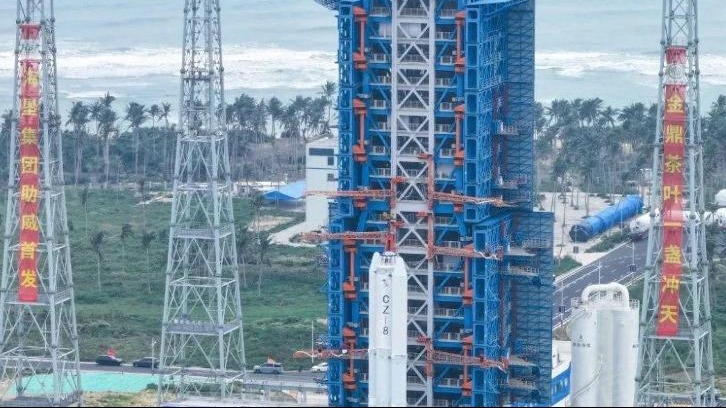
** turbulence **
** turbulence ** refers to the state of a fluid where there is a rapid and irregular flow of particles. This phenomenon can be observed in various natural and artificial settings, such as in the movement of water in rivers, the flow of air in the atmosphere, or even in the behavior of gases in combustion engines. The study of turbulence is crucial in many fields, including meteorology, engineering, and physics, as it helps in understanding and predicting complex fluid dynamics.
When ** turbulence ** occurs, the flow of the fluid becomes highly irregular, with fluctuations in velocity and pressure. This chaotic behavior can lead to the formation of eddies and vortices, which further complicate the motion of the fluid. These eddies can vary in size, from large-scale structures that span the entire flow field to smaller, more localized ones. The interaction between these structures is what gives turbulence its unpredictable nature.
Understanding the mechanisms behind ** turbulence ** has been a challenging task for scientists and engineers. Despite significant advancements in computational fluid dynamics and experimental techniques, a complete theoretical framework to describe turbulence is still elusive. One of the key aspects of turbulence research is the study of its statistical properties, such as the distribution of energy across different scales of motion. This has led to the development of models like the Kolmogorov theory, which provides a scaling law for the energy spectrum in isotropic turbulence.
In practical applications, controlling and predicting ** turbulence ** is essential for optimizing the performance of various systems, such as aircraft wings, pipelines, and wind turbines. For instance, reducing turbulence in airplane wings can lead to decreased drag and improved fuel efficiency. Similarly, in the design of wind turbines, understanding turbulence helps in enhancing the stability and energy capture of the system. Furthermore, in the field of meteorology, predicting turbulent conditions in the atmosphere is vital for weather forecasting and aviation safety.
Another important aspect of ** turbulence ** is its role in mixing processes. In many natural and industrial systems, turbulence enhances the mixing of fluids, which is essential for processes like chemical reactions, heat transfer, and the dispersion of pollutants. The chaotic motion of turbulent flows ensures that substances are mixed more efficiently than in laminar flows, where the mixing is primarily driven by molecular diffusion.
In summary, ** turbulence ** is a complex and fascinating phenomenon that plays a significant role in various scientific and engineering disciplines. While we have made considerable progress in understanding its characteristics and behaviors, there is still much to learn. Continued research and advancements in computational and experimental techniques will undoubtedly shed more light on the mysteries of turbulence, enabling us to harness its potential and mitigate its challenges in real-world applications.
turbulence #fluiddynamics #chaoticher #complexsystems #eddyflows

湖南一男子住宅突然被认定为文物,想重建被阻止!官方回应
红星新闻

Deepseek测出理想伴侣仅存个位数?别慌!赛博月老只懂数据,不懂爱情
纵览新闻

被控受贿3501万余元 中国石油原董事长王宜林受贿案一审开庭
央视新闻客户端
警惕仿冒DeepSeek的手机木马病毒!如何防范AI新病毒和新骗局?
中国之声

黄金回购升温,赶快卖还是接着买?
经济日报微信
图片快讯丨2024年中国考古新发现揭晓
新华社

@纳税人 这笔钱别忘领!2024年度个税汇算明日起预约
央视新闻客户端

鳌太线失联10天亲历者:铺树叶裸睡一晚,把牙膏当糖吃
潇湘晨报

体检报告骨密度低?别急着吃钙片!这几个关键问题必须先搞懂 | 科普时间
健康中国

新闻1+1丨促进民营经济,重在政策落地!
央视新闻











































